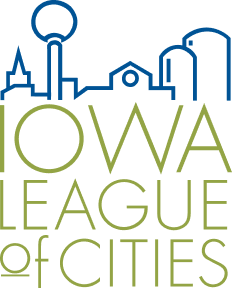When bringing on a new employee it is important to understand that orientation and onboarding are not the same.
- Orientation is a short term event. The purpose is to provide new employees with the immediate tools and information they need to begin their role.
- Onboarding is a long term process. This process should be tailored to the person/position, rather than a one-size-fits-all approach. It should provide ongoing alignment of the new hire’s role to the culture and the philosophy of the city.
Both orientation and onboarding are equally important and should complement each other. A good orientation should provide each new employee with the knowledge and tools to become successful as they start their role with the city. Don’t agonize if you are not doing this yet; it is never too late to implement a change in the right direction.
Prior to orientation ensure the new hire knows their expectations and requirements for orientation. Call or send a letter that provides the following information: date, time and location of orientation; acceptable attire; how long to plan for; if they will be working afterward; what to bring (direct deposit bank information/voided check, two acceptable forms of identification and other requirements specific to your city).
The orientation process should be well planned and includes more than just the filling out of forms and watching PowerPoints.
Step 1. Start with a warm welcome, and if possible have someone from the city manager’s office do the welcome. Focus on how glad you are the employee accepted the position and is part of the team.
Step 2. Cover the key policies and important areas of the employee handbook. Due to the vast amount of information provided during orientation, the most important item provide is where to go for more information.
Step 3. Walk the employee through the facility; show them the areas they will work; teach them how to use equipment properly.
Step 4. Make sure any required paperwork is completed if not done prior.
Orientation should be the first day of employee retention, kicking off onboarding and providing the foundation for employee engagement and productivity.
Below is a sample new employee checklist:
Pre-Orientation: Provide New Hire with the following information:
- Orientation date, time, location, dress code
- Background check
- Pre-employment physical
- Drug test
- Set up work station
- Set up needed technology
- Create keys
- Inform current staff of new hire
Welcome:
- Mission/Vision
- Values/Ethics
- Culture/Philosophy
- Organizational Structure
Policies/Procedures:
- Employee Handbook
- Job Description
- Performance Reviews
- Attendance
- Complaint procedure
- Leave of Absence (FMLA if applicable)
- Overtime/Compensatory Time
- Security/Workplace Violence
- Emergency Procedures
- Injury/Illness Reporting
- Travel/Reimbursement
- Confidentiality
- Performance Appraisal
- Disciplinary Action
- Anti-Harassment
- Drug and Alcohol
Administrative:
- Work station
- Voicemail
- Phone
- Keys/Building Access
- Copy Room
- Breaks/Meals
- Payroll/Tracking Time
- Dress Code
- Business Cards
- Staff Meetings
- Severe Weather
Facilities:
- Tour
- Emergency Exit
- Fire Extinguishers
- Rest Rooms
- Parking
- Supplies
- Breakroom
- Employment Law postings
Paperwork:
- Application
- Federal W-4
- State W-4
- Direct Deposit
- I9 Form
- Emergency Contact
- Benefits enrollment
- Certification(s)
Benefits:
- Insurance
- Retirement
- Paid Time Off






